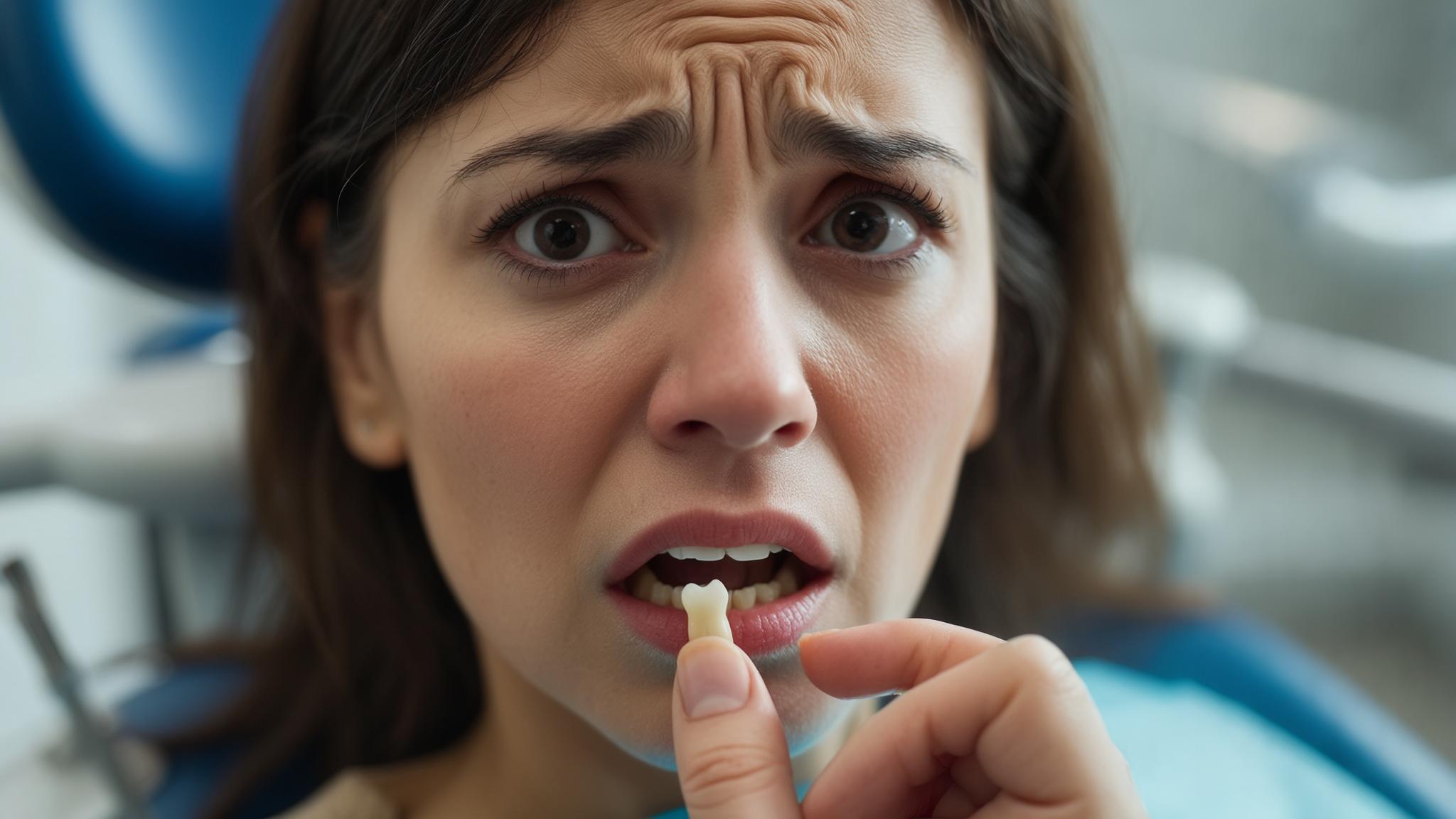Understanding a Loose Adult Tooth
A loose adult tooth can be a surprising and concerning experience. Unlike children, adults don't expect their teeth to wiggle or fall out. A loose adult tooth occurs when a tooth moves slightly or significantly in its socket. This can be due to several reasons, and it's crucial to address the issue promptly to prevent further complications.
In this article, we'll explore the causes of a loose adult tooth, recognize symptoms, immediate steps to take, when to seek professional help, treatment options, and preventive measures.
Understanding the Causes of a Loose Adult Tooth
Trauma or Injury
Accidental impacts, such as a fall or a hit to the face, can cause a tooth to become loose. Sports-related injuries are common culprits, especially in contact sports like football or hockey. Wearing protective gear can help prevent these incidents.
Periodontal Disease
Gum disease, or periodontal disease, is a leading cause of tooth instability. It occurs when plaque builds up under the gum line, causing inflammation and weakening the structures that hold teeth in place. Maintaining good gum health is essential for keeping your teeth stable.
Bone Loss
Conditions like osteoporosis can lead to bone loss, affecting the jawbone and the stability of teeth. Other medical conditions that affect bone density can also contribute to this problem.
Other Contributing Factors
Teeth grinding, known as bruxism, can exert excessive force on teeth, leading to looseness. Poor dental hygiene can exacerbate gum disease, and aging naturally affects bone density and gum health.
Recognizing Symptoms of a Loose Adult Tooth
Visual Signs
You may notice your tooth moving more than usual, or see swelling and redness in the gums around the affected tooth. These are clear indicators that something is amiss.
Sensation and Pain
A loose tooth may cause discomfort, especially when biting or chewing. You might also experience increased sensitivity to hot or cold foods and beverages.
Immediate Steps to Take When Experiencing a Loose Tooth
Avoiding Further Injury
Refrain from wiggling the tooth, as this can worsen the situation. Stick to eating soft foods to avoid putting additional pressure on the loose tooth.
Oral Hygiene Maintenance
Continue to brush your teeth gently and rinse your mouth with saltwater to reduce inflammation and prevent infection.
When to Seek Professional Help
Situations Requiring Immediate Dental Attention
If you experience severe pain, bleeding, or if the tooth is significantly displaced, it's crucial to see a dentist immediately. These are signs that require prompt attention.
Importance of Timely Intervention
Seeking dental care quickly can prevent further damage and lead to more effective treatment. Potential treatments include splinting the tooth or addressing underlying gum disease.
Treatment Options for a Loose Adult Tooth
Non-Surgical Interventions
Splinting involves securing the loose tooth to adjacent teeth to stabilize it. Periodontal treatment can help manage gum disease and restore gum health.
Surgical Options
In some cases, tooth extraction may be necessary. If bone loss is significant, a bone graft might be required to restore jawbone density.
Post-Treatment Care
Follow-up appointments are essential to monitor healing. Your dentist will provide home care instructions to ensure the best outcome.
Preventive Measures to Avoid Future Issues
Importance of Regular Dental Check-Ups
Routine dental visits help catch potential issues early, preventing them from becoming serious problems.
Maintaining Good Oral Hygiene Practices
Brushing twice a day, flossing daily, and using mouthwash can keep your gums healthy and your teeth secure.
Protective Gear for Sports Activities
Wearing mouthguards during sports can protect your teeth from injury.
Managing Risk Factors
If you grind your teeth, consider using a nightguard or seeking treatment to prevent damage.
Conclusion
A loose adult tooth is a serious dental issue that requires attention. By understanding the causes, recognizing symptoms, and knowing when to seek help, you can take proactive steps to protect your dental health. Remember, regular dental care is key to preventing future problems and maintaining a healthy smile.
References
For further reading, consider exploring resources from the American Dental Association and Mayo Clinic. These organizations provide valuable information on dental health and emergencies.

